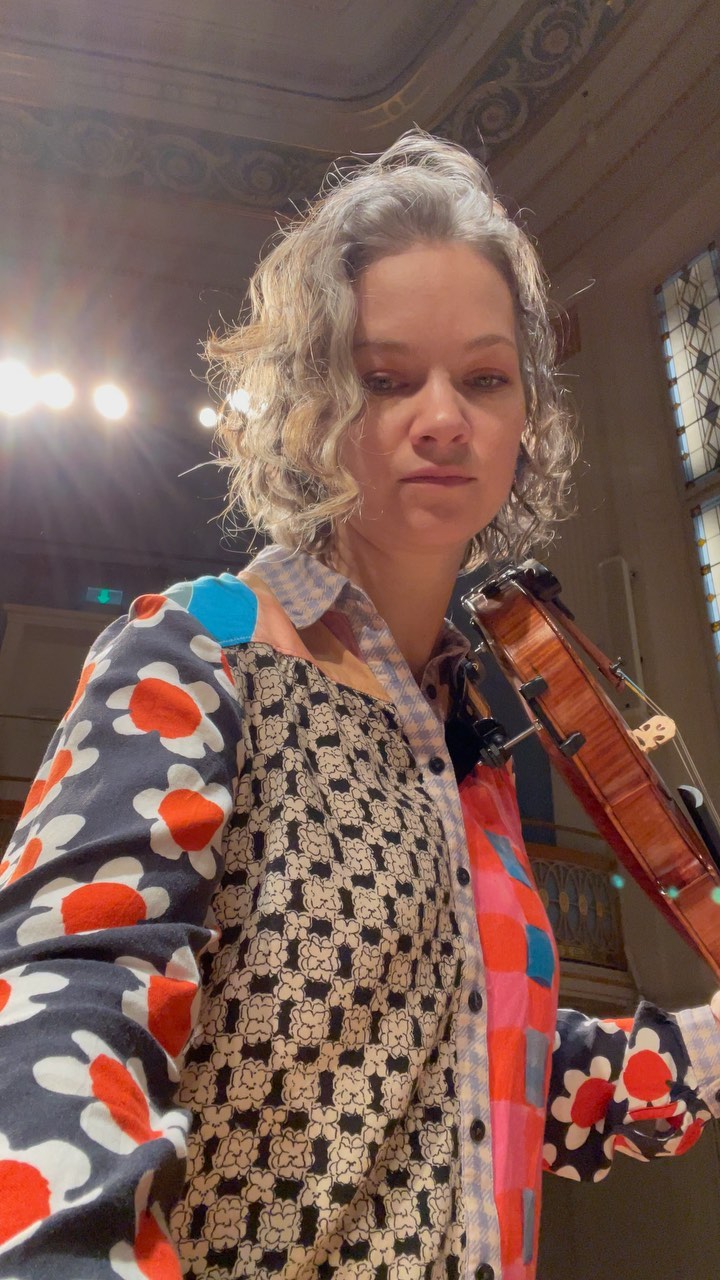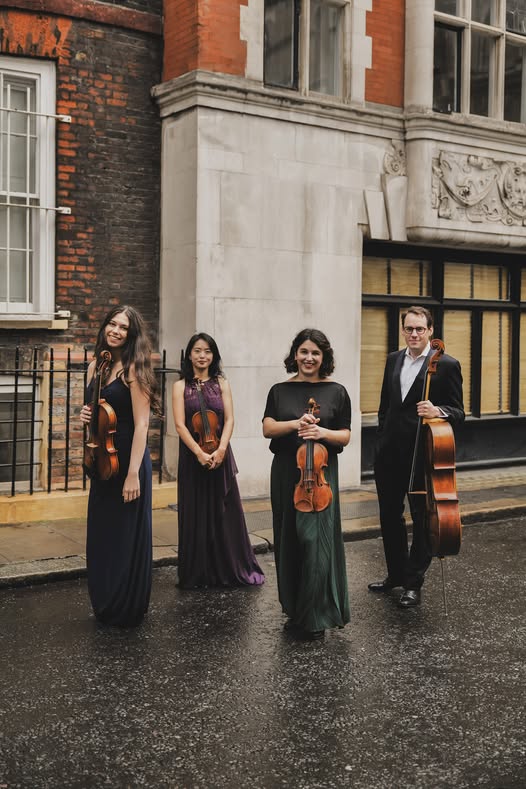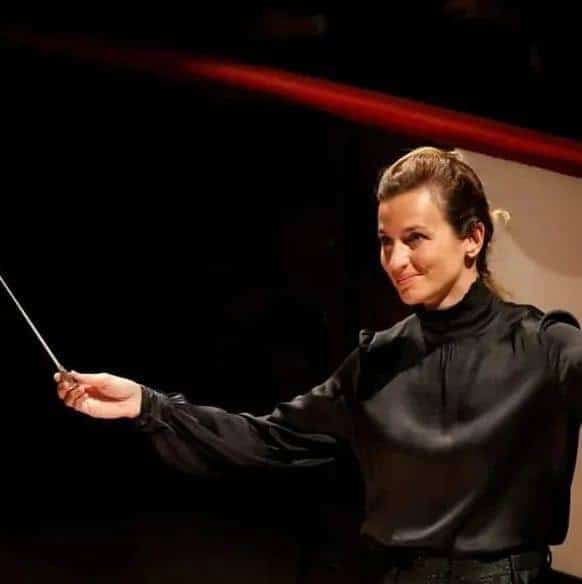Brit boss bounced from US orch (update)
mainIndianapolis has parted company with Simon Crookall after seven years. His departure is described as ‘abrupt’ and ‘surprising’. Neither side will say more.
Crookall, 51, previously ran the Royal Scottish National Orchestra for nine years. In the Indy job, he replaced Mario Venzago as chief conductor with Krzysztof Urbanski after much turbulence.
He has struggled since with a $100 million fundraising campaign (the Indy Star reports $100,000). The orch overspent its budget last year by $1.7 million.
Crookall: unsuited
UPDATE: here





He launched a $100 million campaign (not a “modest $100,000” — the Indy Star article was wrong). Double check the sources of your information.
Re: $100 million vs. $100,000 — articles from 2010:
http://www.ibj.com/team-owners-leading-symphonys-100m-capital-campaign/PARAMS/article/20366
http://www.indy.com/posts/raising-100m-strings-attached
Mahler 9 LAPhil 3/2/12
The LA Phil’s Mahler Project reaches the glorious 9th. Dudamel is obviously going down well at the Phil even if his recordings to date have not been as successful, “be prepared to be amazed” was a fellow concert-goers passing remark to me before the young Venezuelan smooched to the podium. In terms of conducting style, there is more than a nod to Claudio Abbado, slimilar left hand elegance and hands in prayer-like position. in the 2nd movement and totally un Abbado like, a sudden balletic parody of a viennese waltz.
The LA Phil were for most on top form, the brass sharp and accurate with quite simply some of the finest horn playing from a principle one could ever hope for, infact the whole brass section can now safely rival New York, Chicago or Pittsburgh. All the main solo parts were finely etched with Martin Chailfour principle violin standout. Only a mistake in the percussion section following the first movement’s first climax left an errant cymbal to shimmer unexpectedly. Those who know the score would have heard the strings out of sinc for a brief moment during the 2nd movements opening music that preceeds the 2nd subject.
Dudamel’s concept of the first movement was highly successful, a diffcult movement to balance, all seemed natural. Harmonies were pointed up, accurate so we could hear Mahler’s intentions, this no doubt helped by an extended detailed tuning and the outstanding acoustic at Walt Disney Hall.
The violent climax that comes three quarters into the 1st movement was also superbly done, trombones and trumpet notes nicely clipped rather than elongated. Perhaps the LA Phil can invest in some deep bells as used by Haitink at the Concertgebouw to great effect.
It was in the 2nd movement were Dudamel failed to convince, giving an impression at being almost completely at a loss interpretively. Is it a waltz? Is it a rustic dance? What can I do with this music? All questions left unanswered. A blandness set in. A reprieve in the 3rd movement where Mahler’s extreme demands were met with gusto, a movement that never fails to shock in its abrasiveness – the caustic soda of Mahler movements. The finale was very well played and executed, the wonderul horn climax under a bass drum roll was as extreme as it could be that none of the terrible coughing at some of the most tender moments could ruin the atmosphere. As Dudamel brought the movement to a close his hands remained aloft, motionless as the entire hall drenched in silence for well on two minutes.